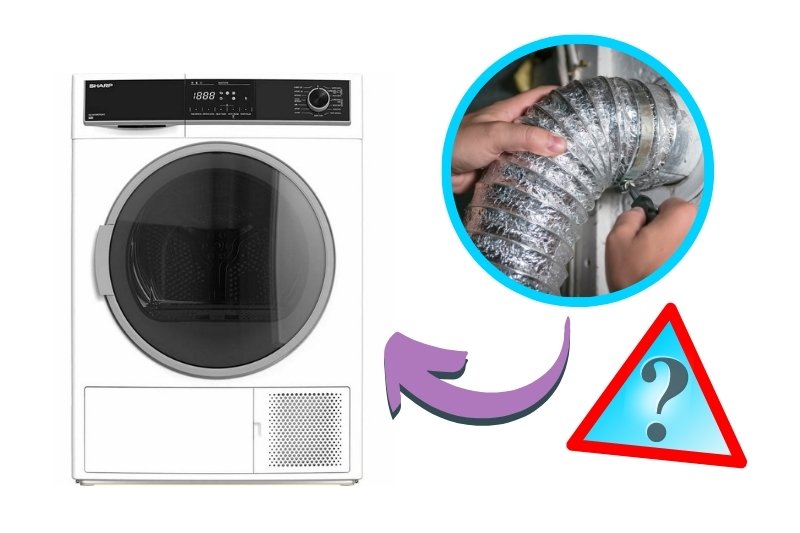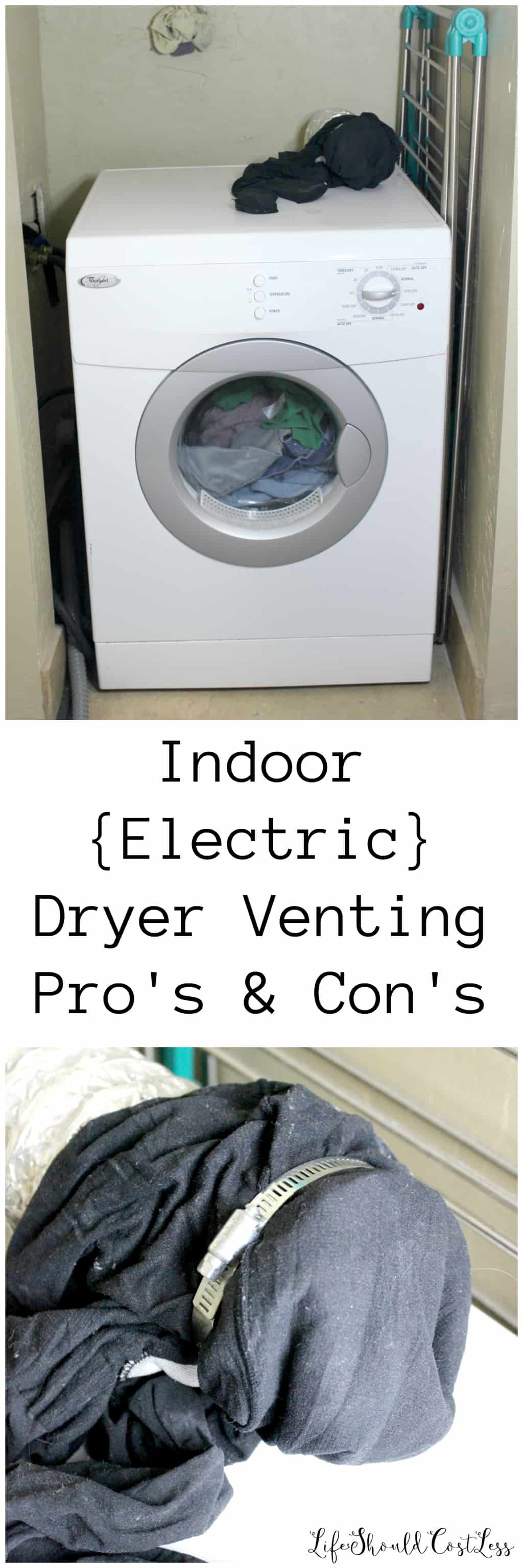do electric dryers need a vent
Heat pump tumble dryers have become increasingly popular in recent years due to their energy efficiency and environmental friendliness. Unlike traditional dryers that use a heating element to generate hot air, heat pump dryers use a heat exchange system to recycle and reuse the heat produced during the drying process. This not only reduces energy consumption but also minimizes the release of hot air into the surrounding environment, making them an ideal choice for indoor use. In this post, we will explore the topic of whether heat pump tumble dryers need a vent.
Understanding Heat Pump Tumble Dryers

Heat pump tumble dryers are designed to be self-contained units that operate without the need for external vents. They work by extracting moisture from the clothes and collecting it in a condenser unit. This moisture is then converted back into water and drained away or collected in a container that needs to be manually emptied. The dry air is then reheated using the heat pump before being circulated back into the drum to continue the drying process. This cycle continues until the clothes are completely dry.
One of the main advantages of heat pump tumble dryers is their ability to operate at lower temperatures compared to conventional dryers. This reduces the risk of damage to delicate fabrics and also helps to extend the lifespan of your clothes. Additionally, heat pump dryers are known for their shorter drying times, which can be attributed to their efficient heat transfer process.
The Benefits of Ventless Drying
The lack of an external vent is one of the key features that sets heat pump tumble dryers apart from traditional models. Instead of expelling hot air through a vent pipe, these dryers collect moisture and recycle heat, making them suitable for use in apartments, flats, or any other living space where venting may be impractical or not allowed.
Indoor electric dryer venting has its pros and cons. One of the main advantages is that it can help save on winter heating costs. By venting the warm moist air from the dryer indoors, you can utilize the heat and humidity to warm up your home during the colder months. This can lead to significant energy savings and a more comfortable living environment.

Another advantage of ventless drying is that it eliminates the need for a venting system, which can be expensive to install and maintain. It also eliminates the risk of lint build-up in the vent pipe, reducing the chances of a fire hazard. This makes heat pump tumble dryers a safer option for many households.
One of the concerns frequently raised about ventless drying is the potential increase in humidity levels within the living space. While it is true that ventless dryers release a certain amount of moisture into the air, most models have built-in sensors that monitor and adjust humidity levels to prevent excessive moisture accumulation. Additionally, proper ventilation and regular maintenance of the dryer can help mitigate any potential issues.
Considerations for Choosing a Heat Pump Tumble Dryer
When considering whether to invest in a heat pump tumble dryer, there are several factors to take into account. Firstly, you should consider the available space in your home. Heat pump tumble dryers tend to be larger than conventional dryers, so make sure you have enough room to accommodate the appliance.
Secondly, you should consider your laundry needs and the capacity of the dryer. Some heat pump models offer larger drum capacities, allowing you to dry more clothes in a single cycle. This can be particularly advantageous for families or individuals with a high laundry demand.
Finally, it's important to consider the price and energy efficiency of the dryer. While heat pump tumble dryers tend to be more expensive upfront compared to traditional dryers, their energy-saving features can result in significant cost savings over time. Look for dryers with high energy efficiency ratings and features such as sensor drying, which automatically adjusts the drying time based on the moisture content of the clothes.
In conclusion, heat pump tumble dryers do not require a vent and are designed to operate as self-contained units. They offer numerous benefits, including energy efficiency, shorter drying times, and the ability to be used indoors without the need for external venting. Ventless drying can also help save on winter heating costs and eliminate the need for expensive venting installations. However, it's important to consider your specific needs and requirements before making a purchase. By carefully evaluating factors such as available space, capacity, price, and energy efficiency, you can choose the right heat pump tumble dryer for your home.

